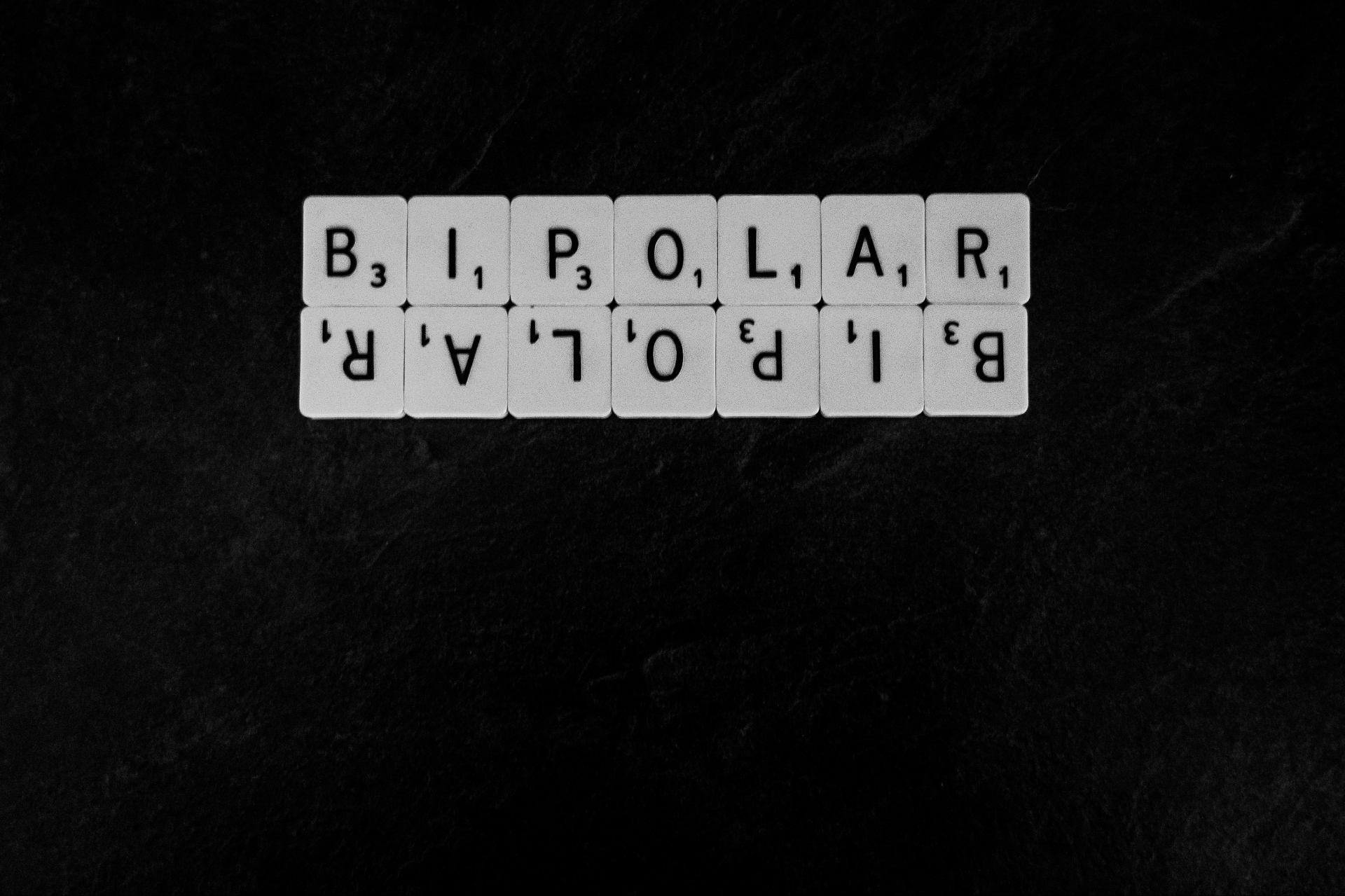Bipolar Disorder: What Does It Really Look Like?

Bipolar disorder isn’t just one thing; it’s a spectrum of experiences, marked by those dramatic mood swings we often hear about. Let’s break it down, focusing on how it shows up in adults and kids, because it’s surprisingly different.
First, the types:
- Bipolar I Disorder: Think of this as the “classic” version. It’s defined by manic episodes lasting at least a week, or severe enough to need hospitalization. Mania can feel like you’re on top of the world—intense energy, racing thoughts, barely needing sleep. But it can also be dangerous, leading to risky behaviors and sometimes even psychosis. Depressive episodes follow, bringing deep sadness, hopelessness, and sometimes suicidal thoughts.
- Bipolar II Disorder: This involves less intense “hypomanic” episodes, paired with depressive episodes. Hypomania doesn’t usually require hospitalization, but it’s still a significant shift.
- Cyclothymic Disorder: This is a milder form, with hypomanic and depressive symptoms lasting for at least two years in adults (one year in kids), but not meeting the full criteria for mania or major depression.
Now, let’s look at some examples to make this real.
Example 1: Josh’s Rollercoaster
Imagine Josh, a successful professional. One day, a compliment from his boss triggers a manic episode. Suddenly, he’s full of energy, ideas pouring out of him. He impulsively quits his job, convinced he’s going to be a millionaire. He’s grandiose, thinking everyone else is blind to his genius. But then, when his ideas are met with skepticism, he becomes irritable, even angry.
Then, the crash. The mania gives way to a deep depression. Josh isolates himself, sleeping too much, feeling hopeless. The confidence he once had is replaced by self-doubt and despair. It’s like night and day.
Example 2: Alex’s Swings
Now, picture Alex, an energetic 8-year-old. Praise from his teacher sends him into a manic phase. He’s a whirlwind of activity, leading his friends in elaborate games, barely sleeping. He’s hyperactive in class, interrupting, and his schoolwork is chaotic. He even challenges his teachers, thinking he knows better.
But then, the mood shifts. When his friends don’t go along with his plans, or his teachers push back, he gets frustrated, throwing tantrums. And then, the depression hits. He withdraws, sad, hopeless, sleeping excessively. He loses interest in everything, his grades plummet, and he pushes his parents away.
How they differ:
You can see the patterns, right? Both Josh and Alex experience mania (high energy, impulsivity) and depression (sadness, withdrawal). But how it looks is different.
- In adults, mania can involve grandiosity and risky behavior, like Josh quitting his job.
- In kids, it often shows up as irritability and hyperactivity, like Alex’s tantrums and classroom disruptions.
- Adults experience more complex feelings of hopelessness and despair, and children show more changes in activity level, and sleep patterns.
Why This Matters
Early recognition is key. If parents and teachers can spot these signs in kids like Alex, they can get them help sooner. And understanding the adult experience, like Josh’s, helps us have more empathy.
It’s also important to remember that bipolar disorder can sometimes be misdiagnosed. “Mixed episodes,” where mania and depression happen at the same time, can make it even harder to pinpoint. And some symptoms overlap with other conditions, like ADHD or anxiety.
If you or someone you know is struggling, there are resources available. Organizations like the National Alliance on Mental Illness (NAMI) and the Depression and Bipolar Support Alliance (DBSA) can provide support and information. Treatment, such as counseling or medication, is also encouraged to assist with managing these symptoms and gaining balance.
Ultimately, it’s about understanding, compassion, and getting the right help.
Written by Julie Collins, LPC Associate, Supervised by Jenai Tidwell, LPC Supervisor

